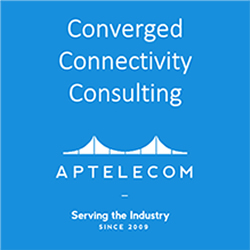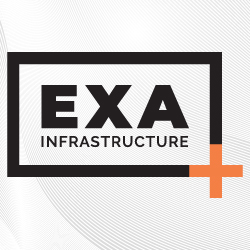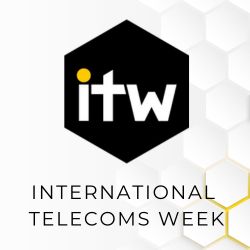Dubbed its most powerful Lifecycle Service Orchestration (LSO) API release to date, MEF’s ninth LSO API release solves (for the first time) complex addressing and operational challenges, including observability. Additionally, this release introduces a suite of advancements designed to enhance service provider and enterprise adoption of standardized, open ecosystem automation for Network-as-a-Service (NaaS) offerings.
“As enterprise networks increasingly become mission-critical, especially with the advent of generative AI, service providers must have the automation capabilities necessary to deliver seamless, standardized services at scale,” said Pascal Menezes, CTO, MEF. “This latest LSO API release represents MEF’s most advanced set of automation tools yet, solving fundamental challenges in service qualification, operational observability, and product definition.”
Key enhancements in the latest MEF LSO API release include:
Advanced Addressing Capabilities: One of the most significant challenges in network automation is determining service availability at specific locations due to varying global address representations. MEF’s new LSO API release solves this challenge by introducing the concept of ‘Installation Place’ within the MEF Addressing and Site API, allowing service providers to validate addresses more accurately. This innovation enables multiple representations of an address, improving the success rate of service qualification queries and enhancing global service delivery.
Comprehensive Operational Observability: Enterprises increasingly demand full observability of the services they subscribe to, even when delivered across multiple supply chain partners. Now global service providers can interconnect and offer real-time insights into service function testing, performance monitoring, fault detection, and trouble ticketing. This delivers comprehensive end-to-end operational observability for Day N automation workflows.
Expanded Suite of Product and Service Payloads: MEF LSO APIs are designed to support the full lifecycle of Network-as-a-Service (NaaS), enabling automated service delivery among enterprises, service providers, and cloud providers. This release augments Carrier Ethernet (CE), Dedicated Internet Access (DIA), and IP (internet protocol) broadband payloads while incorporating pre-standardized payloads for SD-WAN (software-defined wide area networks), wavelengths, data center cross-connect, MEC IaaS (Multi-access Edge Computing Infrastructure-as-a-Service), CAMARA Quality on Demand, and Google Cloud Connect.
Enhanced Product Catalog API: The new API release introduces bundling and pricing capabilities to better define and automate NaaS offerings. By providing a machine-readable product scheme, service providers can create flexible, standardized service definitions that streamline interactions with ecosystem partners.
Watch MEF Exclusives:
NaaS Ecosystem Comes Together: MEF's GNE 2024 Sparks Progressive Dialogue
MEF: Edge Computing Will Change the Dynamics of Bandwidth
The Role of NaaS in the Digital Transformation of Companies










